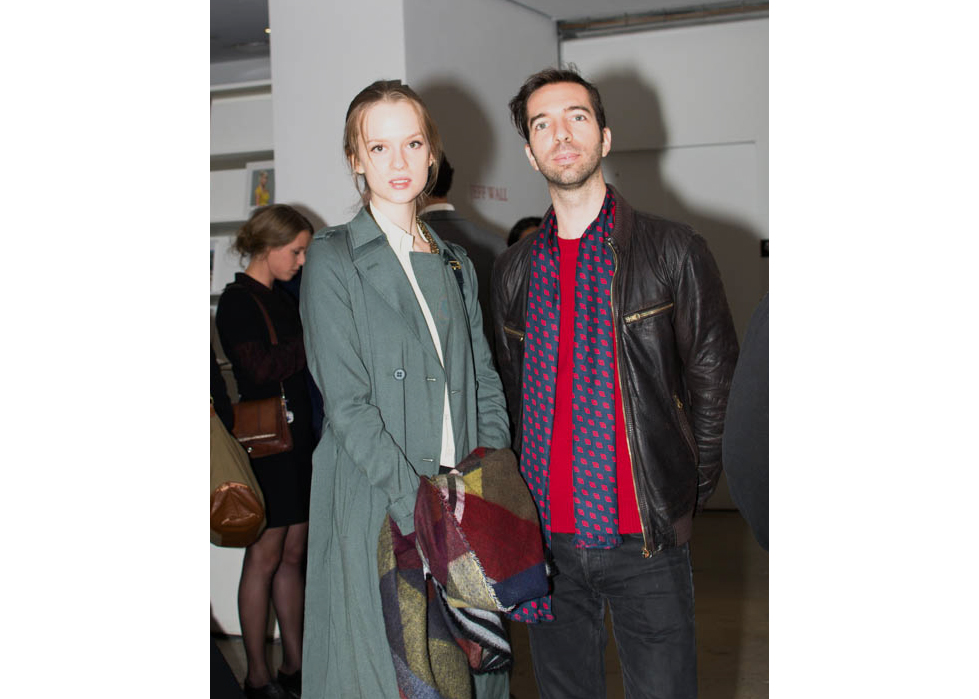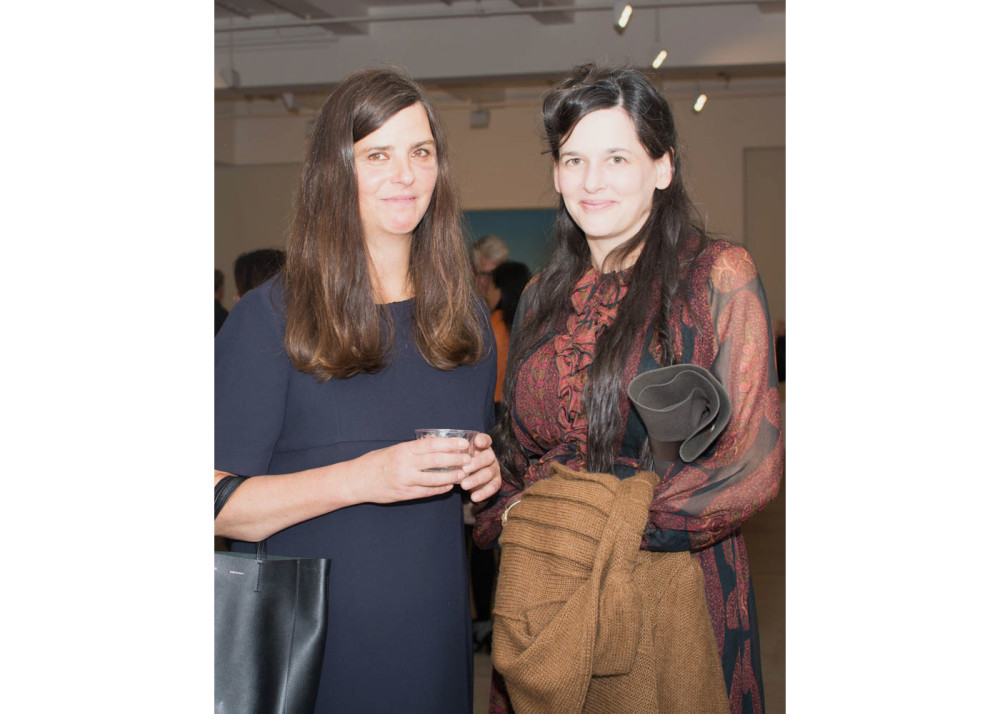Above: 3 channel HD video installation, surround sound; 15 minutes 16 seconds / Courtesy of the artist and Marian Goodman Gallery
Marian Goodman Gallery New York presented new work by Rineke Dijkstra. In the South Gallery Dijkstra will present The Gymschool, St Petersburg, 2014 a three channel video installation originally commissioned for Manifesta, the European Biennial of Contemporary Art 2014. This will be its first U.S. presentation.
In The Gymschool, Rineke Dijkstra -channel video installation at the Marian Goodman Gallery , New York, the fundamental concept is rehearsal. We see eleven young pupils at a prestigious gymnastics school in St. Petersburg, Russia, preparing for a competition by bending their bodies into the most improbable shapes. Elements resurface that have fascinated Dijkstra throughout her career, since her earliest beach portraits: control, the line between posing and being yourself, and ways of showing human emotion through abstract forms. These fascinations were already in evidence in Dijkstra's famous photograph Hilton Head Island, S.C., U.S.A., June 24, 1992, which portrays a girl in an orange bikini searching for the right pose (her hand on her hair, her footprints in the sand). They also came to the fore in her video The Krazyhouse (Megan, Simon, Nicky, Philip, Dee), Liverpool, UK, 2009 in which young people search for the ideal steps so that they can lose themselves in the music and dancing but how do these people relate to the viewer, and when are they being authentic?
 Image above: © Alexandra Bendek
Image above: © Alexandra Bendek
To film The Gymschool, Dijkstra went to the Zhemchuzhina Olympic School in St. Petersburg, where girls are trained in rhythmic gymnastics, an Olympic sport that is like a cross between gymnastics and ballet. Rhythmic gymnastics has five components (or "apparatuses"): rope, ribbon, hoop, clubs, and hall. In each component, the girls are expected above all even more than in ballet to show technical mastery. They are expected to assume extreme, almost inhuman poses while suppressing all forms of emotion. This creates a unique tension; the gymnasts must make their bodies as expressive as possible, but they are not supposed to have personal emotions.
Dijkstra opens her film with eight-year-old girls, whose abilities are still fairly limited, and ends with a twelve-year-old who is so physically flexible that she almost transcends her own humanity. The structure of the work reveals a remarkable progression; as the film goes on and the poses become increasingly implausible, the girls seem gradually dehumanized. Sometimes their suppleness makes them seem like animals the girl in the opening shot twirls like a young spider, and there are moments when other girls resemble a crab, a seahorse, or an awakening caterpillar. At other times the gymnasts look most like abstract sculptures, a fact that Dijkstra underscores by showing them from three camera angles at once and filming them in a white, gallery-like space. That makes The Gymschool much like a visit to a museum where works by Eadweard Muybridge, Henry Moore, and Francis Bacon have suddenly begun to live and breathe.
 Image above: © Alexandra Bendek
Image above: © Alexandra Bendek
Meanwhile, perceptive viewers of The Gymschool will notice the continual small irregularities that betray humanity; a leg that will not lift, a stubborn ball, a face that turns a shade too red, a girl's flash of pride after a superbly executed routine. For Dijkstra, these moments not only reveal potent dilemmas of humanity, beauty, and perfection; she also emphasizes in The Gymschool that the greatest art always emerges where the surface begins to burst open, where perfection shows a crack, where contradictory emotions converge in a single, compelling image. At moments like that, life is captured in all its elusive grandeur and that is exactly what Dijkstra impressively achieves in this film.



